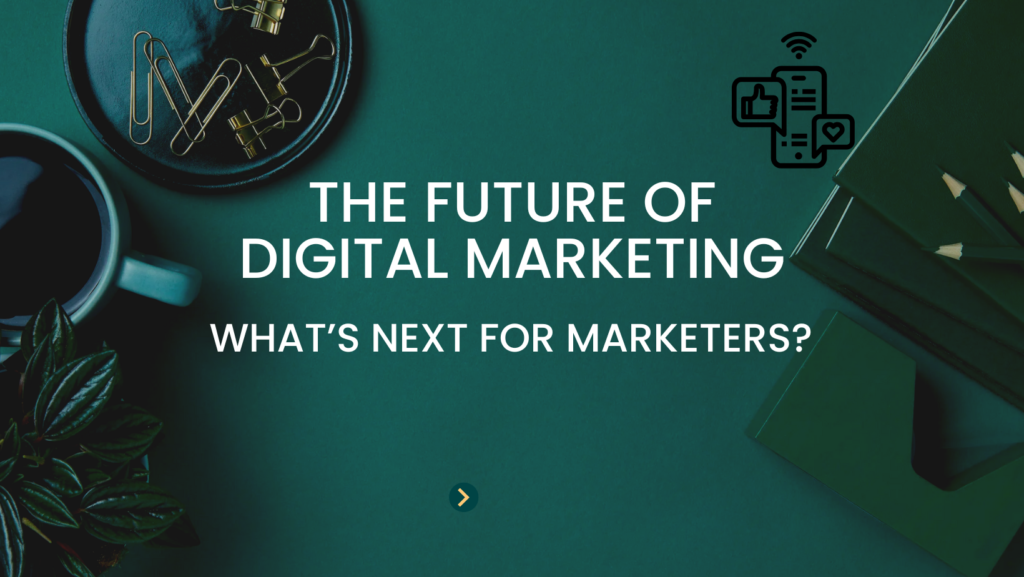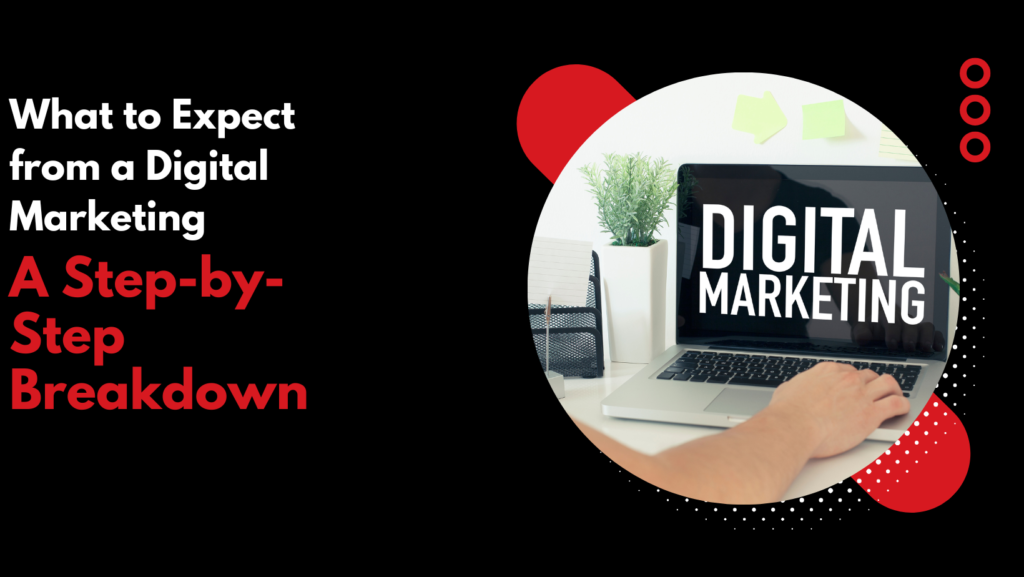Introduction
Digital marketing has undergone a massive transformation in the past decade, driven by advancements in technology, evolving consumer behavior, and changing market dynamics. As we move forward, the digital marketing landscape will continue to evolve, presenting new challenges and opportunities for businesses. Marketers need to stay ahead of the curve to remain competitive and relevant. In this blog, we will explore the key trends that will shape the future of digital marketing and how businesses can leverage them to drive growth.
1. The Rise of Artificial Intelligence (AI) and Machine Learning
AI is revolutionizing digital marketing by automating processes, personalizing content, and improving customer interactions. AI-powered chatbots, predictive analytics, and smart content recommendations are just a few ways AI is enhancing the marketing experience. Machine learning algorithms can analyze large volumes of data to provide insights into customer behavior, enabling businesses to deliver highly targeted and relevant content.
How Marketers Can Leverage AI:
- Use AI-driven chatbots for instant customer support.
- Implement AI-based analytics tools for better audience segmentation.
- Automate email marketing campaigns with AI-driven personalization.
2. Voice Search and Conversational Marketing
With the increasing adoption of smart speakers and voice assistants like Alexa, Google Assistant, and Siri, voice search is changing the way users interact with brands. According to reports, voice searches will account for a significant portion of online queries in the coming years.
How Marketers Can Prepare:
- Optimize content for voice search by focusing on conversational keywords.
- Create FAQ pages with natural language responses.
- Ensure local SEO is optimized for “near me” searches.
3. Video Marketing and Short-Form Content
Video content continues to dominate digital platforms, with short-form videos gaining immense popularity on platforms like TikTok, Instagram Reels, and YouTube Shorts. Consumers prefer engaging, bite-sized content that conveys messages quickly and effectively.
How Marketers Can Use Video Content:
- Create short, engaging videos to capture audience attention.
- Utilize live streaming to interact with customers in real time.
- Optimize video content for mobile viewing.
4. The Evolution of Influencer Marketing
Influencer marketing is no longer limited to celebrities; micro and nano influencers are gaining traction due to their niche audiences and high engagement rates. Brands are leveraging influencers to create authentic content and build trust among consumers.
Best Practices for Influencer Marketing:
- Partner with influencers who align with your brand values.
- Focus on authenticity rather than follower count.
- Use data analytics to measure campaign effectiveness.
5. Augmented Reality (AR) and Virtual Reality (VR)
AR and VR are changing the way consumers interact with brands by providing immersive experiences. E-commerce businesses, in particular, are leveraging AR to allow customers to try products before making a purchase.
How Marketers Can Utilize AR/VR:
- Use AR for virtual try-ons in the fashion and beauty industry.
- Create interactive 3D product demos for e-commerce.
- Develop VR experiences to enhance customer engagement.
6. Personalization and Hyper-Targeting
Consumers expect personalized experiences tailored to their preferences and behaviors. With advancements in data analytics, businesses can deliver hyper-targeted content that resonates with individual users.
Strategies for Personalization:
- Use dynamic content to personalize emails and website experiences.
- Leverage customer data to offer tailored product recommendations.
- Implement AI-driven personalization for ad targeting.
7. The Growing Importance of Privacy and Data Security
With increasing concerns about data privacy, governments worldwide are enforcing stricter regulations like GDPR and CCPA. Marketers need to prioritize transparency and ethical data collection practices.
How to Stay Compliant:
- Clearly communicate data usage policies to users.
- Obtain explicit consent before collecting customer data.
- Implement robust cybersecurity measures to protect user information.
8. Social Commerce and Shoppable Content
Social media platforms are integrating e-commerce features, allowing users to shop directly from their feeds. Platforms like Instagram, Facebook, and TikTok have introduced shoppable posts, making it easier for brands to drive sales.
How to Leverage Social Commerce:
- Optimize social media profiles for shopping.
- Use high-quality visuals and engaging descriptions.
- Collaborate with influencers to promote products.
9. The Role of Blockchain in Digital Marketing
Blockchain technology is emerging as a game-changer in digital marketing by enhancing transparency, reducing ad fraud, and securing transactions.
Potential Applications of Blockchain:
- Use blockchain for transparent ad tracking.
- Implement smart contracts for secure influencer collaborations.
- Enhance customer trust through decentralized authentication.
10. The Metaverse and Its Impact on Marketing
The metaverse is expected to revolutionize digital marketing by creating immersive brand experiences in virtual worlds. Companies like Meta (formerly Facebook) are investing heavily in metaverse technology, signaling its importance in the future.
How Marketers Can Prepare for the Metaverse:
- Explore virtual storefronts and experiences.
- Engage with audiences through branded virtual events.
- Experiment with NFTs for brand engagement.
Conclusion
The future of digital marketing is exciting and full of possibilities. Marketers who embrace emerging technologies, prioritize personalization, and adapt to evolving consumer behavior will have a competitive edge. As AI, voice search, video content, and immersive experiences continue to shape the industry, businesses must stay agile and innovative to thrive in the digital era. By leveraging these trends effectively, brands can build stronger relationships with their audiences and drive long-term success.

